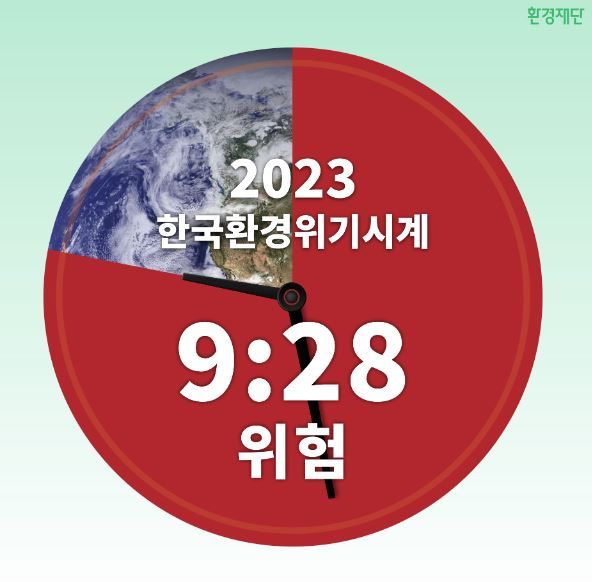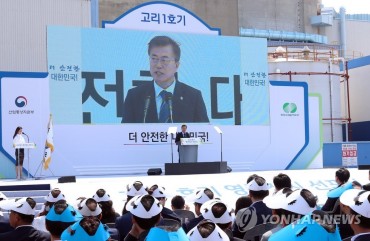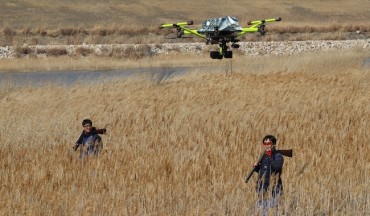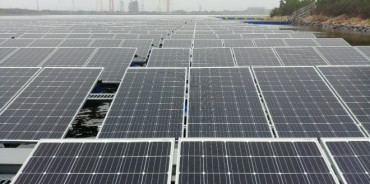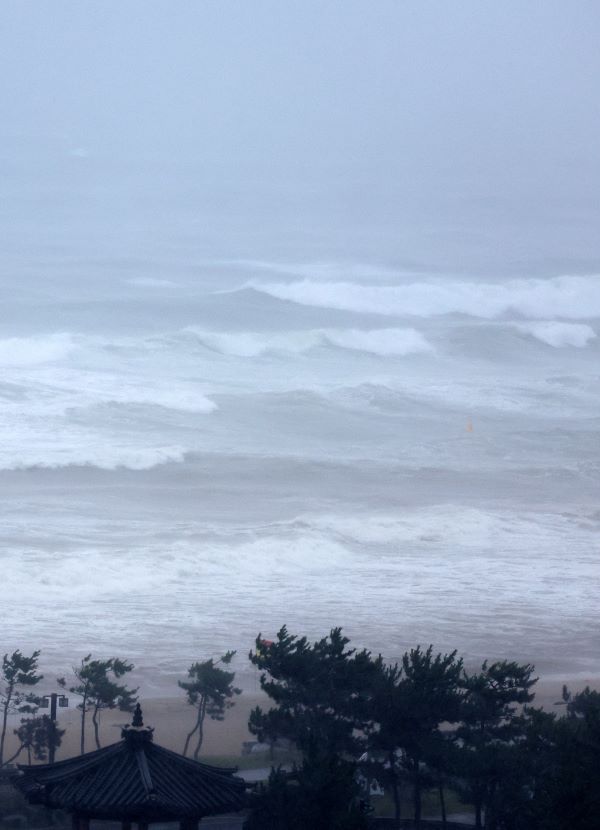
Gigok Beach in Donghae, Gangwon Province, Braces for Strong Waves Following Typhoon No. 6′s South Coast Landfall on August 10th. Korea Meteorological Administration (KMA) Links Seasonal Extreme Weather and Intensifying Typhoons to Climate Change. (Image courtesy of Yonhap)
SEOUL, Sep. 7 (Korea Bizwire) – For the second consecutive year, South Korea’s “Environmental Crisis Clock,” a visual representation of the nation’s concern regarding environmental degradation, once again indicated a “danger” level after 9 o’clock.
On September 6th, The Environment Foundation and Japan’s Asahi Glass Foundation jointly announced that this year’s South Korean environmental crisis clock registered at 9:28, mirroring the reading from the previous year.
The proximity of the time to 12 o’clock on this clock reflects the degree of environmental crisis, with ratings categorized as follows: 0 to 3 o’clock represents “good,” 3 to 6 o’clock is deemed “moderate,” 6 to 9 o’clock indicates “poor,” and 9 to 12 o’clock signifies “dangerous.”
This year’s Crisis Clock results were derived from a survey involving 1,805 experts in the fields of environmental studies, sustainable development, and ESG (Environmental, Social, and Governance) across 130 countries worldwide.
The Global Environmental Crisis Hour, a broader international indicator, was recorded at 9:31, marking a decrease of four minutes compared to the previous year.
Regionally, North America and Oceania recorded the closest time to 12:00, standing at 10:21, while Africa was furthest from the critical point at 8:57.
In terms of age groups, individuals aged 60 and above demonstrated the highest level of awareness concerning the crisis. Key environmental concerns identified included climate change, biodiversity loss, and alterations to land systems, all of which were recognized as pressing issues requiring immediate attention from the environmental sector.
Choi Yeol, President of the Environment Foundation, who participated in the Environmental Crisis Clock event held on the lawn of Seoul City Hall, emphasized, “Both the Global Crisis Clock and the Korean Crisis Clock have crossed the 9 o’clock threshold, indicating a state of danger. It is now imperative for governments, businesses, and civil society to collaborate in taking action.”
Lina Jang (linajang@koreabizwire.com)


